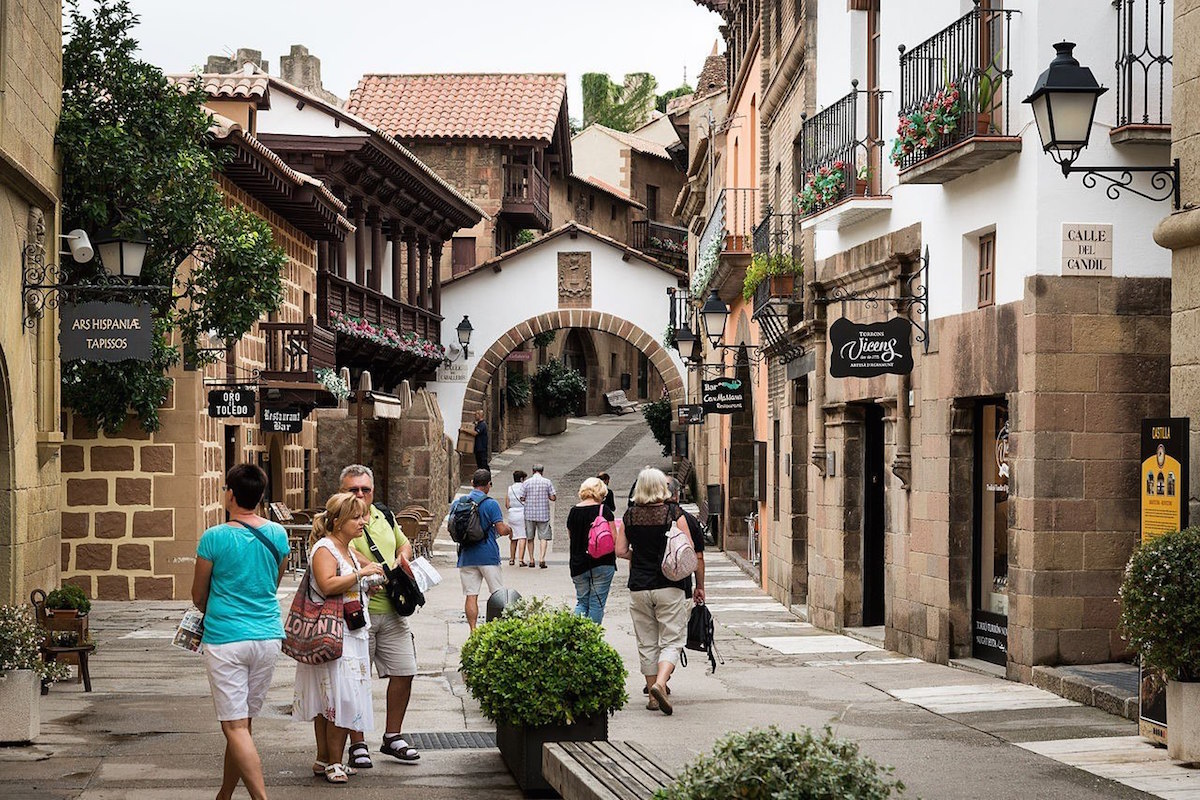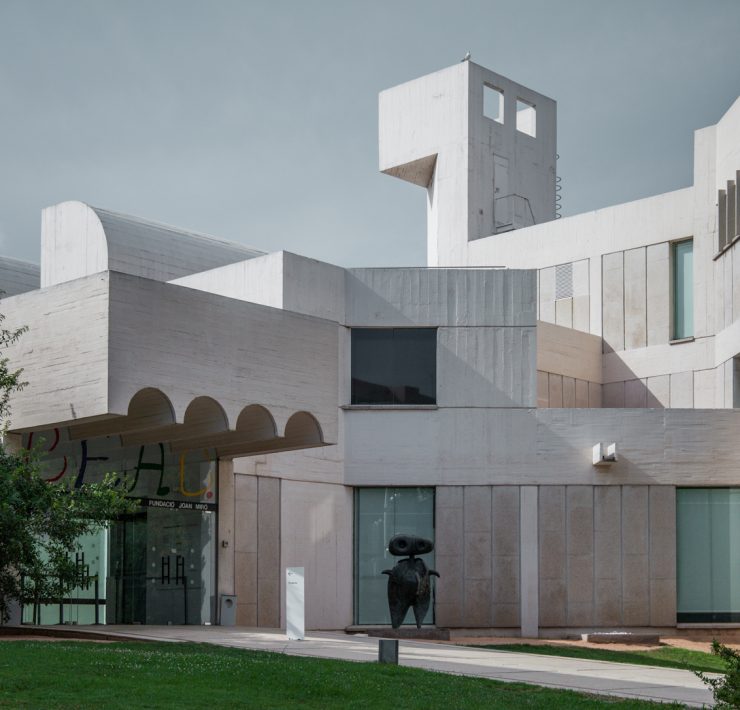We visit Poble Espanyol, a historic place located in Barcelona

If you go up the road that winds up Montjuïc you soon come across the Poble Espanyol, a Barcelona landmark that has reinvented itself on numerous occasions to meet changing circumstances.
The Poble Espanyol was created almost a century ago: it is a space that was created for the International Exhibition in Barcelona in 1929, with the aim, at the time, of showing the essence of the architectural and cultural heritage of Spain.
Today, against a backdrop of the most varied of architectural styles, the site is a showcase for crafts and contemporary art and a venue for music shows, concerts, festivals and gastronomic events. Located on Montjuïc, home to other culturally important locations such as the MNAC and the Miró Foundation, the Poble Espanyol is one of the main tourist attractions in the area due to the nature of the site itself: a selection of streets, squares and buildings from all the different parts of Spain.
The site was originally designed by Puig i Cadafalch and created by the architects Ramón Reventós and Francesc Folguera, with the support of the painters Miquel Utrillo and Xavier Nogués, who visited around 1,600 Spanish towns to select those buildings that would be reproduced in Barcelona.
The Poble Espanyol is divided into six areas representing different regions of Spain: Castile-Extremadura, Basque Country-Navarra, Catalonia-Valencia-Balearic Islands, Andalusia, Aragon, and Galicia. The site includes some 117 buildings that represent the various different styles of architecture that have played a part in Spanish history, including Renaissance, Mudéjar, Catalan Romanesque monastic architecture, and Baroque.
A common history, numerous uses
Just as with the Eiffel Tower in Paris and many other buildings and facilities that were built for universal exhibition, the Poble Espanyol was supposed to be demolished once the 1929 Universal Exposition was over. Due to its success and glowing reputation, however, it was spared.
With the outbreak of the Civil War in 1936, however, the Poble Espanyol became a prison, and as late as 1950 was still threatened by the Franco dictatorship. In 1950, however, the Barcelona City Council took over the management of the site with the intention of rehabilitating it and returning it to its original state, but this was hard to achieve as it had become very run down. It was not until 1996 that the Poble Espanyol was restored to its former glory, when a group of entrepreneurs, noting its potential, took over the management.
"Today it is a space that combines leisure and culture, with spaces such as the Fran Daurel Museum, where works by artists such as Dalí and Picasso are exhibited"
A showcase for crafts and a space for culture
Tourist interest in the Poble Espanyol has continued to grow, while for Barcelona's residents it is also a place both for culture—with spaces like the Fran Daurel Museum which hosts a private collection of work by international artists—and for leisure, due to its program of festivals, musical activities, and parties aimed at visitors from both inside and outside the city.
Moreover, Poble Espanyol is not only for those who want to see the buildings or spend their leisure time there; numerous craftspeople have also opened workshops and businesses within the enclosure. The craftspeople one can see working on leather products, ceramics, glass, and even jewelry make the Poble Espanyol more attractive than ever, and the enclosure has been declared an Area of Artisan Interest by the Catalan government.
The Poble Espanyol reflects the major changes the city has undergone; mix of history, culture and entertainment which turn it into a very special place: it has never been so easy to travel from Albarracín to Ronda in less than ten minutes!







